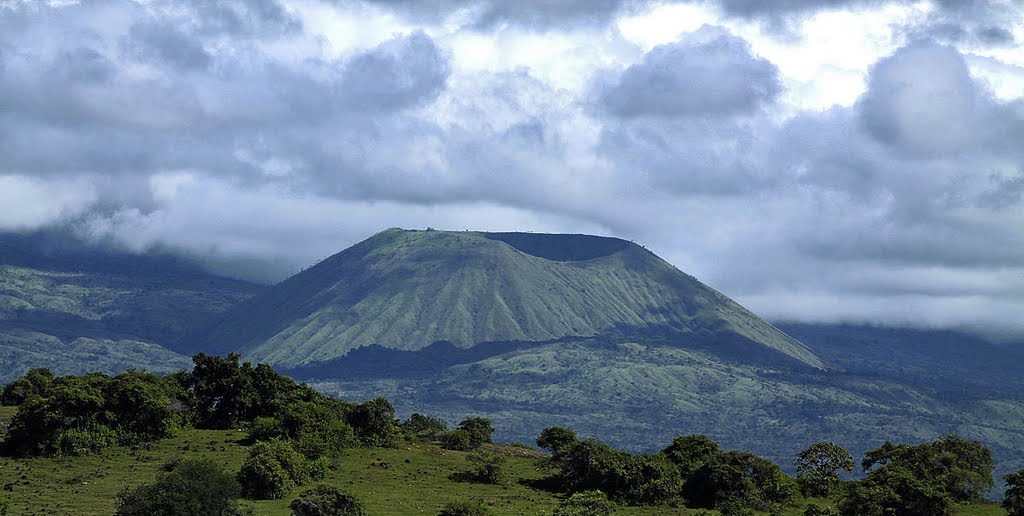Tambora, although one volcano, is actually part of a greater sequence of volcanic eruptions known as the Little Ice Age, or the Tambora Era. Beginning in 1812 and ending in 1816, a series of eruptions triggered by the same faultline occurred, releasing massive amounts of sulfur, carbon, and ash into the atmosphere. Although Tambora itself was the capstone to these eruptions and sent the world into a year with no summer (and three years of worldwide crop failure), the effects of its associated eruptions were already being felt in isolated instances. For instance, in 1813-1814 London’s Thames river froze. In 1812 Austria had a brutal winter and fruits failed to ripen. Perhaps most striking of all, Russia’s winter in 1812 was one of the worst on record, which played a massive role in Napoleon’s defeat (Behringer, ch.1 & Volcano Weather). It was only after the Tambora eruption itself, however, that these effects dramatically worsened.
Across the world, the years of 1816 and 1817 were famine years. An important aspect of referencing a “famine year” in a globalized world is understanding that famine does not necessarily imply that there is not enough food for all people. In this case, “famine” occurred because in many areas of the world food became too expensive for the many, yet remained accessible – and bountiful – to the few (Linthicum). There are a few prime examples of this phenomenon, one of which lies in England where a perfect storm of unsound policy and unprecedented effects from Tambora combined to form famine amongst the masses. 1812 to 1815, England’s local corn was relatively cheap due to wartime production, but after Tambora’s eruption the harvest of 1815 was rather weak. With grain pricing rising to about 50 shillings imports were able to undercut the local market, keeping grains accessible to the poor (Linthicum). England, in an attempt to bolster their own agriculture market, placed a tax on all corn (grain, wheat, oats, and barley, are included in “corn”) imports in order to ensure that imported corn would be sold for no less than 80 shillings, roughly 60% more expensive than local corn (Behringer, ch. 2). Although this successfully promoted their own product, it decreased the amount of accessible food available for average citizens and kicked off a free trade supporting reform movement that would finally prove victorious in an 1846 repeal of the tariff .
While England provides a good example of how policy intertwined with weather effects, the rest of the world paints the weather effects very clearly even without a mention of policy. The summer of 1816 was the coldest summer in Europe between 1766 and 2000. This had disastrous effects in many countries, including a drastic increase in “bread or blood” food riots in France, Wales, and perhaps most fervently in Germany, where food prices rose nearly 400% over the course of one year. Similar inflation occurred in the United States, where grain prices soared as much as 800% due to frost plagues across farms in Pennsylvania and westward (Linthicum).
